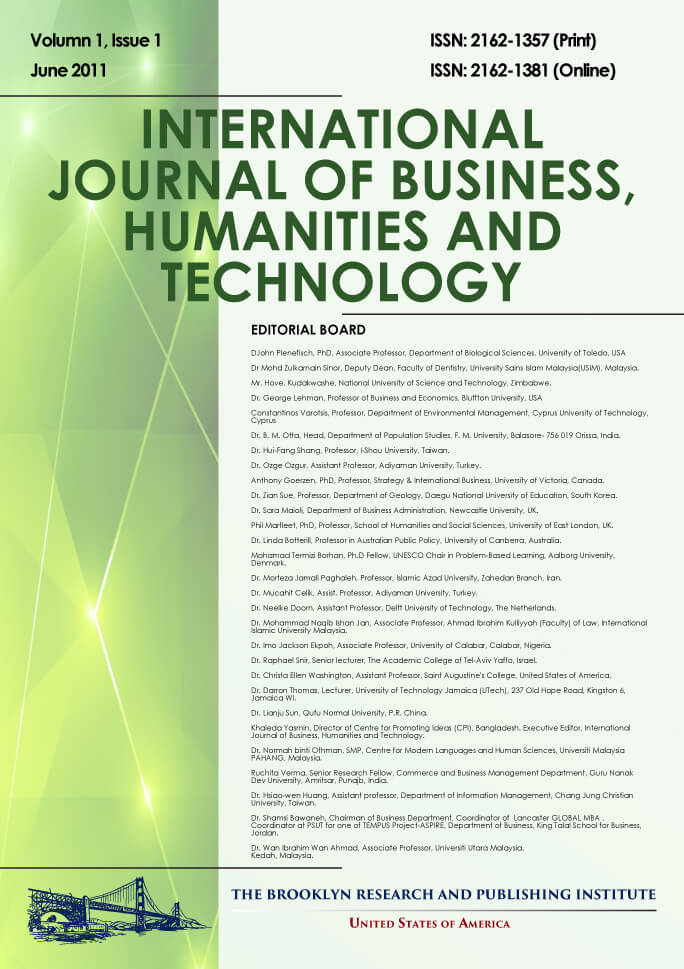ole of Hepcidin in the Regulation of Iron Metabolism in Patients with Chronic Liver Diseases
M. Penkova, M. Gulubova, J. Ananiev, R. Ivanova, L. Mateva
Abstract
Chronic liver diseases, especially alcoholic fatty liver disease (AFLD), nonalcoholic fatty liver disease (NAFLD) and chronic hepatitis C (CHC), are frequently associated with iron overload. Hepcidin is the iron-regulatory hormone, which is synthesized mainly in the liver and plays an important role in iron homeostasis. The aim of this study was to assess the serum levels of hepcidin and to evaluate its relationships with other parameters of iron metabolism in patients with various chronic liver diseases. Material and Methods: A total of 186 patients with chronic liver disease (CLD), divided into six comparable groups were studied (115- male, 71 – female; mean age 50.41 ± 12.85 y), and 60 healthy controls were studied. Laboratory parameters of liver function and indices of iron metabolism were monitored. After liver biopsy, the presence of iron deposition and the histological grades of steatosis and inflammation, and stage of fibrosis were also evaluated in patients with CLD. The serum level of hepcidin was determined by ELISA test / DRG International Inc. (USA). Results: Hepcidinwas significantly lower in the whole group of patients with CLD (82.9?40.74 ng/ml)compared to the controls (99.14?32.94 ng/ml, p=0.005). According to the type of liver disease, decreased serum values of hepcidin were found significantly more frequently in AFLD, NAFLD and CHCin comparison with controls (?=0.02, ?=0.001 and ?=0.01 respectively), CHB (?=0.034, ?=0.003 and ?=0.023 respectively) and chronic autoimmune hepatitis and primary biliary cirrhosis (?=0.023, ?=0.005 and ?=0.022 respectively), but without difference when compared between them. There was a reverse relationship between the levels of hepcidin by one hand and the values of iron, ferritin, liver enzymes, some of the parameters of liver function, as wells as with degree of the deposition of iron in the liver and severity of steatosis, inflammation and fibrosis (0.01-0.001). In conclusion, our results show decreased serum levels of hepcidin in patients with nonalcoholic and alcoholic fatty liver diseases, and chronic hepatitis C. The relationships with the parameters of iron metabolism and the severity of liver disease prove the importance of serum hepcidin as a surrogate marker for evaluation of iron overload in patients with chronic liver diseases.
Full text: PDF

The Brooklyn Research and Publishing Institute
442 Lorimer St, Ste D, Brooklyn, NY 11206, United States
© 2025 The Brooklyn Research and Publishing Institute. All rights reserved.

